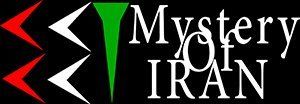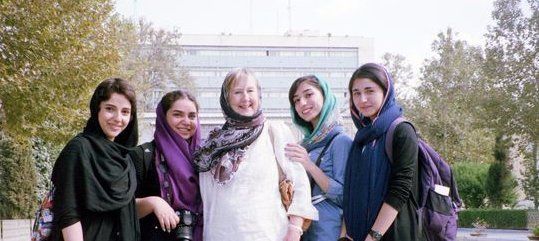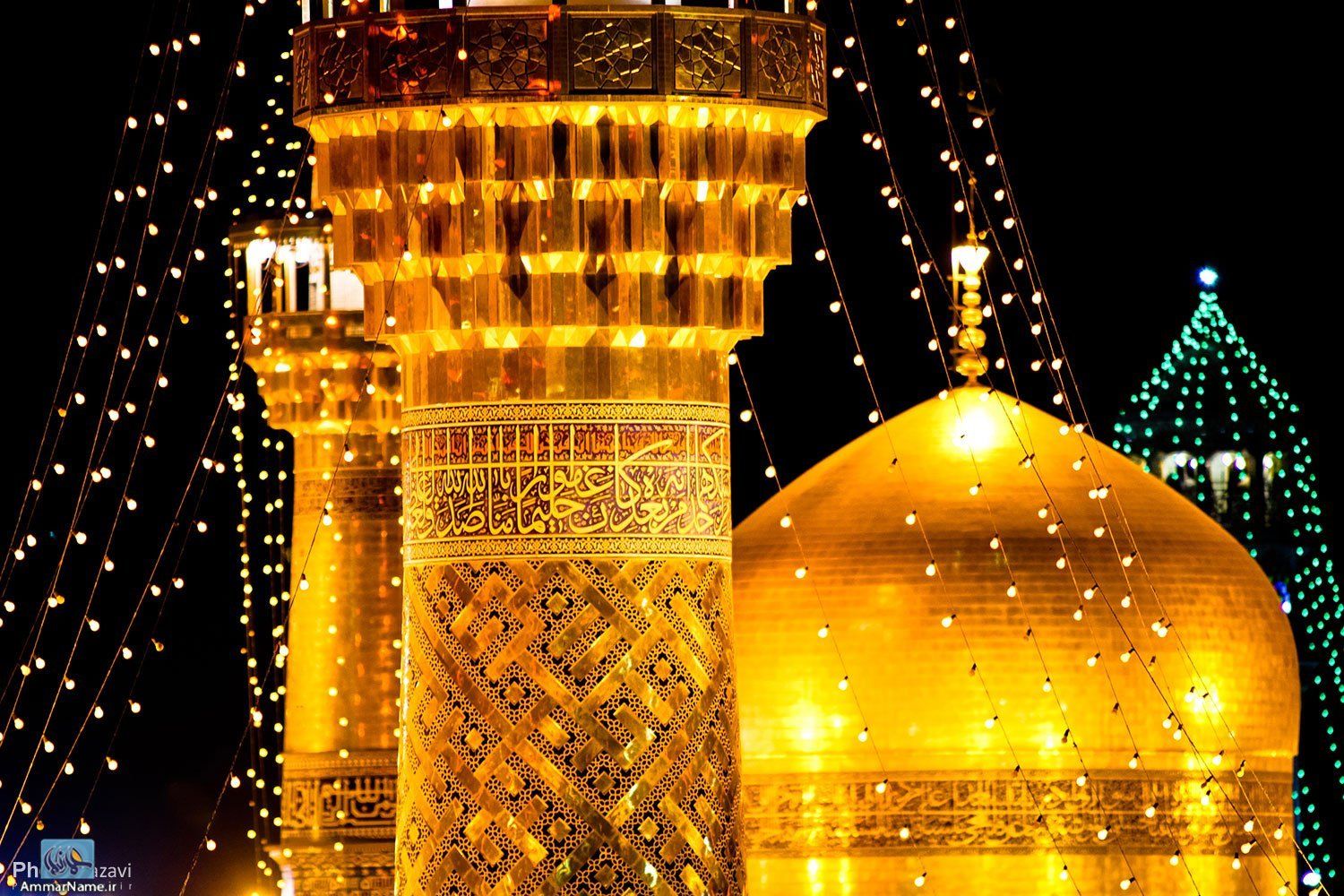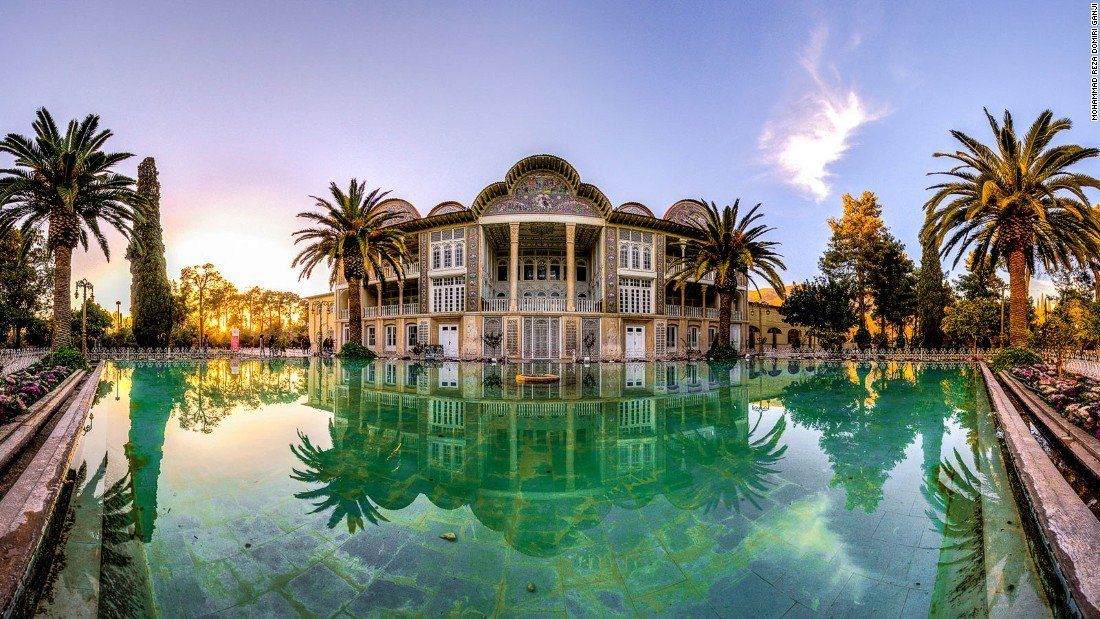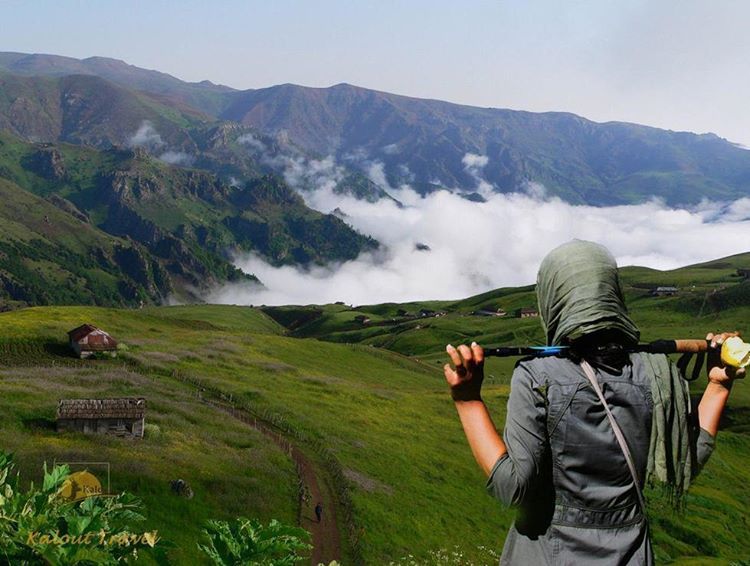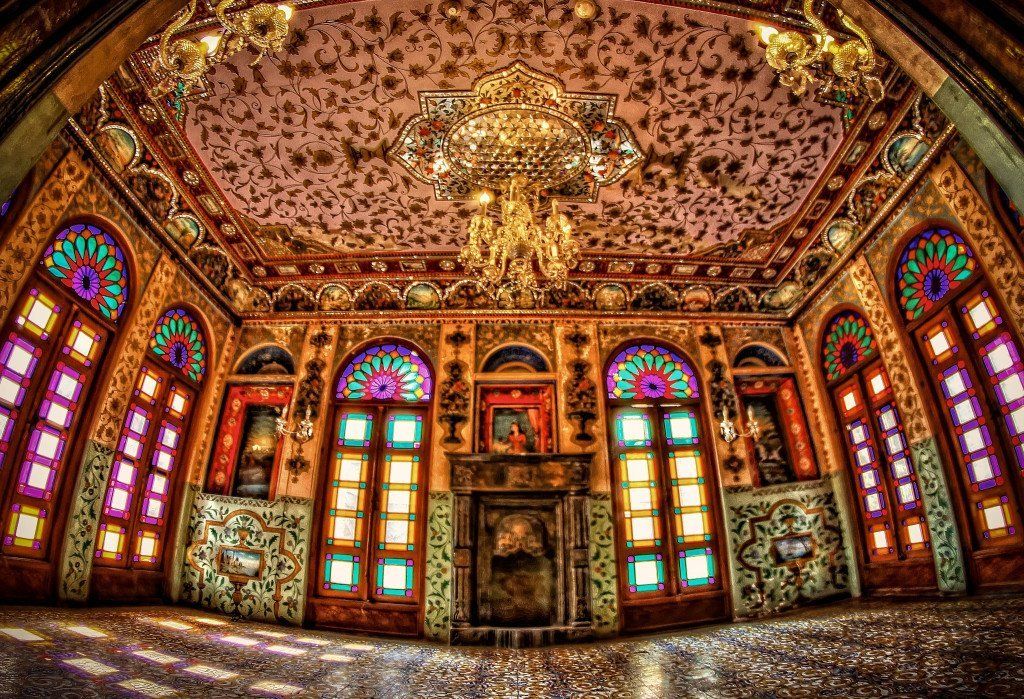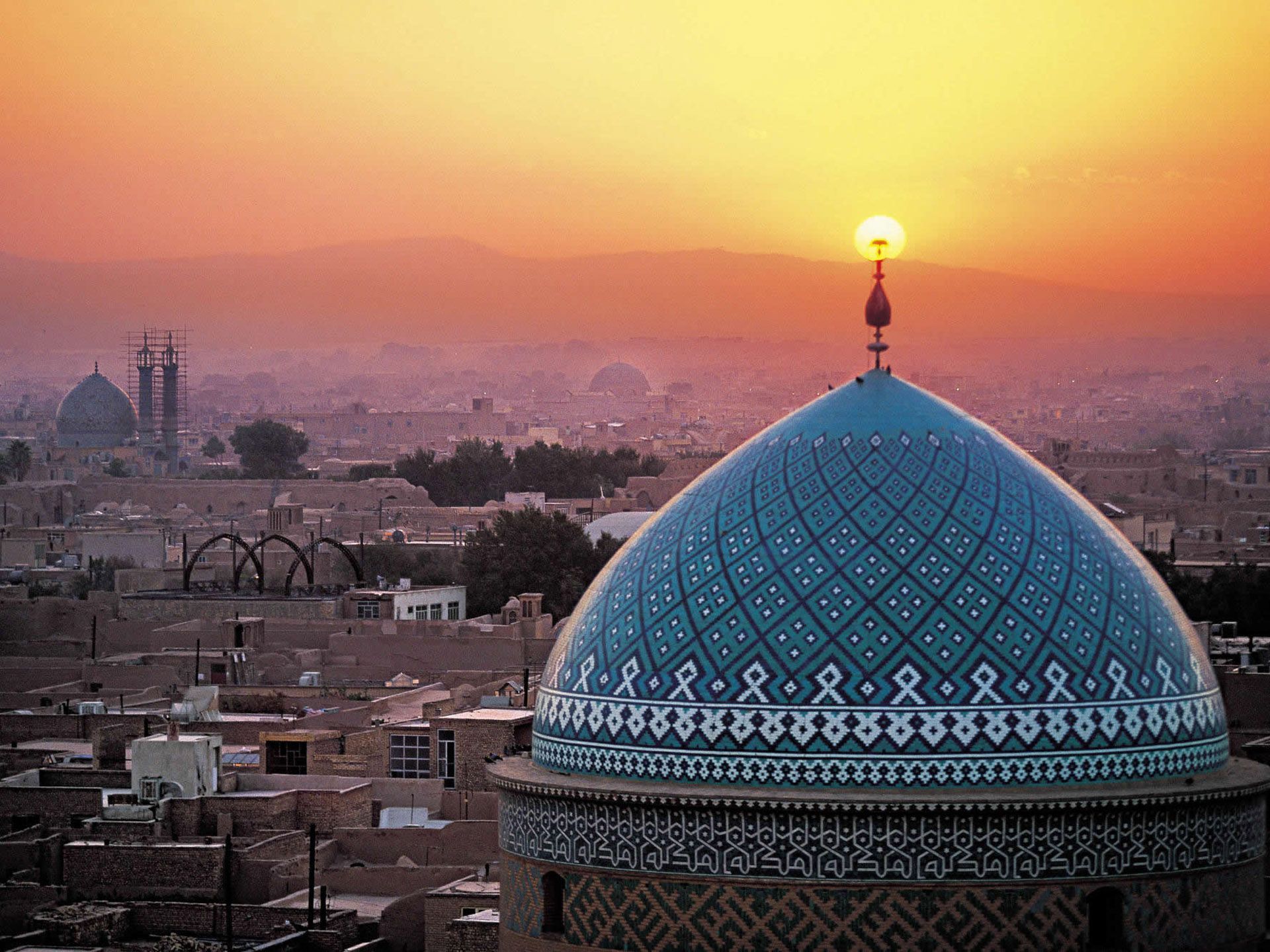Iran Healthcare System
Healthcare in Iran is based on three pillars: the public-governmental system, the private sector, and NGOs. The healthcare and medical sector's market value in Iran was almost US $24 billion in 2002 and was forecast to rise to US $31 billion by 2007. With a population of 80 million (2015), Iran is one of the most populous countries in the Middle East. The country faces the common problem of other young demographic nations in the region, which is keeping pace with growth of an already huge demand for various public services. The young population will soon be old enough to start new families, which will boost the population growth rate and subsequently the need for public health infrastructures and services. Total healthcare spending rose from $24.3 billion in 2008, to $50 billion in 2013, reflecting the increasing demand on medical services. Total health spending was equivalent to 4.2% of GDP in Iran in 2005. Iran is also the only country with a legal organ trade. However, the legal character of organ donations is deemed to be a gifting of organs and not their sale and purchase.
Iran has a well-structured healthcare system. Basic healthcare is available to the entire population and guaranteed by the Iranian Constitution. Details are governed by a number of Laws including e.g. the Labor Law and the Health Insurance Law. However, the more sophisticated services are not available for everyone. Especially the health services of the Private Sector remain the benefit to the middle and upper classes.
The Iranian healthcare system is highly centralized; most decisions are directly made by the Ministry of Health and Medical Education (MOHME). Nevertheless, several different laws apply to the different sectors of the healthcare system; some were implemented by the Ministry of Labour and Social Affairs.
1. The Constitution of the Islamic Republic of Iran
The Iranian Constitution was adopted by a referendum on October 24, 1979, and went into force on December 3 1979, replacing the Constitution of 1906. It has since been amended on July 28, 1989. Article 29 of the Iranian Constitution entitles Iranians to basic health care. It reads as follows:
“The right to benefit from social security with respect to retirement, unemployment, old age, disability, and destitution benefits, as well as benefits relating to being stranded and emergencies, health services, medicine, and medical care,provided through insurance or other means, is a universal right.
The government must assure the foregoing rights and financial protection by drawing on the national income, in accordance with the law, and on income derived from the participation of the people.”
2. Medical Equipment By-Law
The by-law was approved in March 2009, in order to establish a harmonized system for the process of production, importation, exportation, distribution, supply, installation, operating and after sale services for consumable and semi-consumable items, devices, diagnostic, surgical, laboratory (medical diagnostic), treatment, cure, dentistry, rehabilitation, and for medical equipment.
3. The Law of the Ministry of Health for Medical Cure and Education (MOHME)
The Law was ratified by Islamic Consulting Parliament in 1985.
4. The Law of the Organization Chart and Duties of Ministry of Health, Medical Cure and Medical Education
This Law was passed in 1988 by Islamic Consulting Parliament.
5. The Law on Medical Affairs, Pharmaceutical, Eatable and Beverage Items
This Law comprises regulations for medical, pharmaceutical, eatable and beverage items and was passed in 1955.
6. Labour Law
The Iranian Labour Law got into force on November 20, 1990. The Ministry of Labour and Social Affairs provides general supervision for observing the above law. The Labour Law provides regulations on working conditions for women, pregnant women and their entitlement to maternity leave. The law also sets specific conditions for employment of any person who is between 15 and 18 years of age. He/she shall undergo a medical examination by the Social Security Organization prior to commencing employment and at least once a year after commencing employment.
Furthermore, the Labour Law provides, that all workplaces, employers, workers, and trainees shall observe the instructions as drawn up by the Ministry of Health and Medical Education with regard to the prevention of occupational diseases and the maintenance of occupational health and workers’ health and the work environment. All workplaces, whose personnel are, because of the nature of their work, exposed to occupational diseases shall keep medical records on all the workers concerned and require them to undergo the necessary tests and examinations at the health and therapeutic centers at least once a year.
7. Healthcare Insurance Law
Healthcare insurance is regulated by the Social Security Law of June 24, 1975. The Social Security Organization provides general supervision for observing the above law. The Social Security Law covers those persons who, under any title or description are engaged in work against receipt of wages or salary, and those who receive pensions for retirement, incapacity or death. Those who are insured under the Social Security Law and their family members may make use of medical services in case they are injured by accidents or suffer from a disease. Medical services include all medical services such as outpatient and hospitalization services, supply of medicines, diagnostic testing etc.
8. The Law for the Protection of the Staff Employees against the Effects of Old Age, Disability and Disease
The above Law was ratified by the Parliament on 28.02.1971. The Ministry of Labour and Social Affairs is charged with the execution of this Law. According to this Law, all the employees of every workplace are protected by the scheme of obligatory insurance against the effects of old age and disability.
9. Regulation Governing Voluntary Social Insurance (Retirement & Death Benefits)
This Regulation, comprising five articles, was approved by the High Council in a meeting held on 11.9.1960. The regulation provides that for those who are covered by Iranian Social Security Law, medical aids shall be rendered by the Social Security Organization or its affiliated physicians except in the following cases:
- The Social Security Organization’s physician considers that the patient’s referral to outside physicians or his treatment outside has been absolutely necessary,
- The patient has had no access to the Social Security Organization’s medical services, and
- If the patient notifies the Social Security Organization within 48 hours of his first referral to an outside physicians or hospitalization.
By virtue of the provisions of this Regulation, all expenses incurred by patients shall be reimbursed by the Social Security Organization.
II. Healthcare in the in Day to Day Life
Iran’s healthcare system is highly centralized. Almost all related decisions are made at the central level by the MOHME. The Ministry provides healthcare services through its network, medical insurance, and supervises and regulates the healthcare system in the country. Its authority also includes policy-making , production and distribution of pharmaceuticals as well as research and development. Through its network of health establishments and medical schools, the Ministry has become the largest healthcare provider in the country.
Iran’s “Master Health Plan”, adopted in the 1980s accorded priority to basic curative and preventive services as opposed to sophisticated hospital-based tertiary care, and focused strictly on the population groups at highest risk, particularly in deprived areas. Moreover, as a result of the prioritization and effective delivery of quality primary health care, health outcome in rural areas are almost equal to those in urban areas. The results in terms of infant and maternal mortality are nearly identical.
Therefore, Iran has fairly good health indicators. More than 85 per cent of the population in rural and deprived regions, for instance, has access to primary healthcare services. The infant mortality rate is 28.6 per 1,000 live births; under-five mortality rate is 34 per 1,000 and maternal mortality rate is 25 per 100,000 live births. Poliomyelitis has been reduced to the point of near-eradication and the coverage of immunization for children and pregnant women is very extensive. Access to safe drinking water has been provided for over 90 per cent of Iran’s rural and urban population, and more than 80 per cent of the population has access to sanitary facilities.
In the past three decades, the Islamic Republic of Iran has adopted a policy aimed at more strongly addressing the needs of its population, and substantial progress has been achieved both in the social and economic sectors. Since the revolution in 1979, a Primary Health Care network has been established throughout the country. In rural areas, each village or group of villages contains a Health House, staffed by trained community health workers. These Health Houses, which constitute the basic building blocks for Iran’s health network, are the health system’s first point of contact with the communities in rural areas. In addition, Rural Health Centers were put in place. They include a physician, a health technician and an administrator, and deal with more complex health problems. On average, there is one Rural Health Center per 7,000 inhabitants. In urban areas, similarly distributed urban health posts and Health Centers have been established. The whole network is managed and administered through District Health Centers, which are supervised by the MOHME.
Despite having a proper and elaborate system in place, Iran, has not been able to keep pace with the rapidly changing demographic developments. Rural areas in some parts of the country are not fully covered and health centers are inadequately equipped to meet community needs.
III. Healthcare in the Public Sector
After the Iranian revolution in 1979, the Iranian government started paying particular attention to the right of health and to the accessibility of health care-services for its population. Art. 29 of the Constitution of the Islamic Republic of Iran guarantees all citizens the right to healthcare. The government is therefore required to provide every citizen of the country with access to social security that covers inter-alia disability, health and medical treatment and care services. However, the healthcare generally only covers low cost basic healthcare services. Because many medical facilities outside of the urban areas cannot provide more than basic emergency care, there has always been a demand for a more sophisticated healthcare system in Iran. Since the year 2000 the MOHME has made great effort to improve the country’s healthcare system.
According to the last census that Statistical Center of Iran undertook in 2003, Iran possesses 730 medical establishments (e.g. hospitals, clinics) with a total of 110,797 beds, of which 488 (77,300 beds) are directly affiliated and run by the MOHME and 120 (11,301 beds) owned by the private sector and the rest belong to other organizations, such as the Social Security Organization.
An extensive network of public clinics offers basic care at low cost, and general and specialty hospitals operated by the MOHME, provide higher levels of care. In most large cities, well-to-do persons use private clinics and hospitals that charge high fees.
There are many private pharmacies all over the country. There are also four major governmental pharmacies that can provide any kind of prescribed medicine in small quantities, i.e.:
- Red Crescent Pharmacy;
- 13 Aban Pharmacy;
- Martyrs Foundation Pharmacy;
- Noor Single Prescriptions Center.
Healthcare and public health services are provided through a nation-wide network. This network consists of a referral system, starting at primary care centers in the periphery going through secondary-level hospitals in the provincial capital and tertiary hospitals in major cities.
The public sector provides primary, secondary, and tertiary health services. The emphasis of the government on primary health care over the last two decades has made the public sector the main provider of primary health care services across the country. Some primary health care services such as pre-natal care and vaccinations are provided free of charge in public facilities. The public sector also provides a considerable part of secondary and tertiary health services in the provinces.
IV. Healthcare in the in Private Sector
The private sector plays a significant role in health care provision in Iran. The private sector mainly focuses on secondary and tertiary health care in urban areas. The highest quality of treatment in Iran is found in the sector of private healthcare. The country has invested heavily in the education of its people, especially in the medical field. These measures have paid off, as the medical staffs are very well capable.
Due to the high prices of sophisticated services in the private sectors, they are unavailable for the majority of the Iranian population. However, the economic improvements of the late 90’s, which related to the country’s oil and gas sources, resulted in an increasing prosperous middle class. This development made the private sector healthcare affordable to a higher number of people. As another result, the medical sector has become a field of interest to investors who wished to capitalize on the nation’s new found wealth by building even better medical facilities.
There are many non-governmental organizations (NGOs) active in health issues in Iran. NGOs are mainly active in special fields like children with cancer, breast cancer, diabetes, Thalassemia, and so on.
V. Health Insurance
Iran has a large social protection system with some 28 social insurance, social assistance, and disaster relief programs benefiting large segments of the population. These programs include training and job-search assistance, health and unemployment insurance, disability, old-age and survivorship pensions, and in-kind transfers including subsidies (e.g., housing, food, energy), rehabilitation and other social services (e.g., long-term care services for the elderly and marriage and burial assistance).
Health insurance in Iran can be obtained by either voluntary from the private or public insurance market. According to official data, until 2015 more than 90% of the Iranian people were under the coverage of at least one kind of health insurance. From 2015 all Iranians whom were not under cover of any health insurance able to use The Social Security Organization. It means now health insurance covers 100% of population of Iran. The main public health insurers are:
1. The Social Security Organization (SSO) is one of the largest health insurers in Iran. All people who are formally employed as well as those who are self-employed and their dependents contribute to the fund and receive benefit from this organization. However, government officials and service people are not included in this scheme. The organization owns and runs many clinics and hospitals in urban areas. For policy holders, medical services in these clinics and hospitals are offered either free of charge or at very low cost.
2. The Medical Service Insurance Organization provides health insurance for government employees, students, and rural dwellers. Most of the healthcare providers accept patients holding this kind of medical insurance. Patients are subject to co-payment at the point of service.
3. The Military Personnel Insurance Organization provides health insurance for military personnel and their dependents.
4. The Emdade-Emam Committee provides health insurance for the uninsured poor and destitute.
In fact, some people have enrolled in at least two different health insurance plans, encouraged by a small premium. Different insurance systems provide different levels of service coverage, so enrollment in different plans makes it easier to shop for services at a lower cost. There are some semi-public insurance companies whose policies mainly cover co-payments for costly inpatient services. Almost 5% of the middle-class population holding any of the aforementioned insurances buy their own policy. Some of the major semi-public insurance companies are: Alborz Insurance Company, Asian Insurance Company, Dana Insurance Company and Iran Insurance Company.
VI. Workforce
Iran has been very successful in training/educating the necessary human resources for its health system. The system of almost 30 years ago where the country was facing a shortage of all kinds of skilled personnel in the health and medical sector has been completely changed into one in which the necessary professionals now completely suffice the country’s needs. There are now more than 500 government funded hospitals in Iran. There were 0.5-1.1 physicians per 1000 population in 2004 according to various estimates (about 46 percent of physicians were women).
VII. Pharmaceuticals
The pharmaceutical industry in Iran began in its modern form in 1920 when the Pasteur Institute of Iran was founded. Iran has a well-developed pharmaceutical production capability, however, the country still relies on imports for raw materials and many specialized drugs. The standards regarding pharmaceutical products in Iran are determined and modified by the Pharmacopeia Council.
Iran’s Ministry of Health and Medical Education (MOHME) has a mission to provide access to sufficient quantities of safe, effective and high quality medicines that are affordable for the entire population. Since the 1979 revolution, Iran has adopted a full generic-based National Drug Policy (NDP), with local production of essential drugs and vaccines as one of the main goals.
Although over 85 percent of the population use an insurance system to reimburse their drug expenses, the government heavily subsidizes pharmaceutical production/importation in order to increase affordability of medicines, which tends also to increase overconsumption, overprescription and misuse of drugs, much like the abuse of pharmaceutical opioids in Iran such as the heavily prescribed codeine for moderate to severe pain. The regulatory environment of the country is rather strict on the import of drugs and pharmaceuticals towards companies that intend to enter into the market for the first time. The Ministry of Health and Medical Education is the main stakeholder of pharmaceutical affairs in the country.
1- Market
In 2006, 55 pharmaceutical companies in Iran produce more than 96 percent (quantitatively) of medicines on the market, worth $1.2 billion annually. Iran’s pharmaceutical market is estimated to be worth $1.87 billion (2008), $2.31 billion (2009), $3.26 billion (2011), $3,57 billion (2013) and $3.65bn by 2013 (projected)..
The drug market in Iran is heavily in favour of generic medicines, which contributed US$1.23bn to the total in 2009, with patented drugs at US$817mn and OTC medicines at US$262mn.
The market share of local production (value-wise) has declined from 85.2% to 63.4% over the past 8 (Iranian) years (2009). In this period the value of importation has jumped from 14.8% to 36.6%. The government imposes 90% tariff on the import of drugs. In 2009, 1.8 million units of pharmaceutical products worth $1.2 billion were imported into Iran. As of 2015, Iran’s share of global biotechnology market is half a billion US dollar.
2- Products
Iran has produced a wide range of pharmaceuticals for the treatment of cancer, diabetes, infection and depression.
The Islamic Republic of Iran is the first country in the East Mediterranean region which has the technical and scientific capability to export vaccines to various world countries. Iran gained self-sufficiency in vaccine production in 2014.
The new drugs launched in Iran for the treatment of MS include an interferon beta-1b by CinnaGen. Gamma Immunex (recombinant interferon beta 1), Pegaferon (recombinant pegylated interferon (PEG-IFN)) and regenerative human factor VIII are among other recombinant-based medication made in Iran. A generic version of fingolimod by Novartis has been launched as well as a biosimilar version of EMD Serono′s Rebif.
Iranian researchers have developed 41 types of anti-cancer medications, overcoming the need for importing pricey cancer drugs from abroad (2011). There are also 24 additional biosimilar drugs which Iran brought into production by end of 2012. Iran plans to become self-sufficient in biotech medicines production within 4 years.
According to the Food and Drug Administration in 2014, drugs for sexual enhancement, weight control, aesthetics, height enhancement, hair growth and body building are among the more prevalent fake drugs on the market. Trade in counterfeit commercial drugs, most of which come from Pakistan, has become more lucrative than dealing in illegal narcotics.
3- Innovation
In recent years several drugmakers are gradually developing the ability to innovate, away from generic drugs production itself.Iran has around 8000 species of plant life and researches indicate that more than 2300 species have remedial characteristics or can be used as cosmetic products; only 100-300 of which are being used in pharmaceutical industries at present. Iran has 80 percent of the world medicinal herbs. Due to lack of required technology, they are exported raw and in limited quantities to foreign markets.
4- Pharmaceutical companies
There are 92 companies in Iran that are active in the pharmaceutical industry. The Social Security Investment Co. (SSIC), Iran's largest holding company, which is affiliated to the Ministry of Welfare, presently owns and controls 22 pharmaceutical manufacturing companies and possesses a 40% share of total pharmaceutical production in Iran.
The leading pharmaceuticals company is Darou Pakhsh, which is majority-owned by the Social Security Organization. The company manufactures, distributes, imports and exports finished products and pharmaceutical raw materials. Darou Pakhsh has an annual turnover of US$400m and claims to have the largest research and development operation of any Iranian drug firm. The company formed a plasmapheresis joint venture with a German medical firm, Biotest AG, in early 2004. As of 2010, 50% of raw materials and chemicals used in the drug manufacturing sector are imported. Iranian pharmaceutical manufacturers are also disadvantaged by the government′s poor intellectual property protection regime and because of lack of foreign direct investment.
IIX. Medical equipment
The Department of Medical Equipments in the Ministry of Health and Medical Education (MOHME) is responsible for supervising imports in this segment, but the import and distribution of such equipment is mostly handled by the private sector. Iran has undergone the primary stages of development in terms of industrialisation and a rather strong indigenous manufacturing capability exists in the country. Therefore, one can expect to find a handful of local producers for basic medical equipment, making it very hard to penetrate into the Iranian market for similar imported ones.
Iran MED and Iran LAB are the main annual exhibitions relating to medical and laboratory equipment in Tehran. In 2009, approximately $3.1 billion worth of drugs and medical products were consumed in Iran. This shows an 80% increase from 3 years ago. Iran’s per capita consumption is $21, as opposed to the global average of $94 because Iran subsidizes heavily its medical and pharmaceutical industry. In 2009, Iran exported $74 million worth of "medical products" to countries such as Iraq, Afghanistan and Russia.
U.S. sanctions against Iran do not apply to medical equipment or pharmaceuticals. There are over 100 Iranian companies representing the international suppliers in this market, handling both promotion and the after-sales service of the products. Iran is a mature market when it comes to medical equipment. Most of the major international players in this sector are present in the Iran market:
- 3M
- Aesculap
- Boston Medical Group
- Cordis
- GE Healthcare - (MRI machines and CT scanners)
- Guidant
- Hiticha
- Johnson & Johnson
- Medtronic
- Ohmeda
- Philips
- Siemens
- Smith & Nephew
- Stryker
- Toshiba Medical Systems
- Varian Medical Systems
- Zimmer
IX. Health System Challenges
The health condition of Iran’s population has improved remarkably during the last decades; however, many challenges threaten the health system. Some of most important challenges are:
1. Financial Consideration
The Iranian Development Plan set the goal for out-of-pocket payment to as low as 30% in 2008. Nonetheless, almost 55% of health spending is still paid out of pocket.
2. Health Status
Road accidents as a major cause of death and injury have a significant impact on Iranians’ life expectancy and cause a lot of disability and impairment among people, especially young men. Parallel with the decrease in the prevalence and incidence of communicable diseases, non-communicable diseases loom large. Cardiovascular diseases, diabetes, osteoporosis, nutritional disorders, and psychological disorders are some examples of diseases that need more attention in the coming years.
3. Lack of Information in the Health System
There is an acceptable registry system for births, deaths, cancer, and many communicable and non-communicable diseases and immunization in Iran. The lack of an integrated health information system is a stumbling block on the way to conducting systematic analysis of the health system. Apart from analysis of the process and outcome, patients’ satisfaction is a cornerstone of health system performance. Furthermore, the lack of accurate data on patients’ satisfaction is a major impediment in the health policy-making process in Iran. Despite efforts to measure patients’ satisfaction, the current information system is far from optimum. The quality of services and efficiency of the health system are two major issues that need more attention.
Further Reading:






















